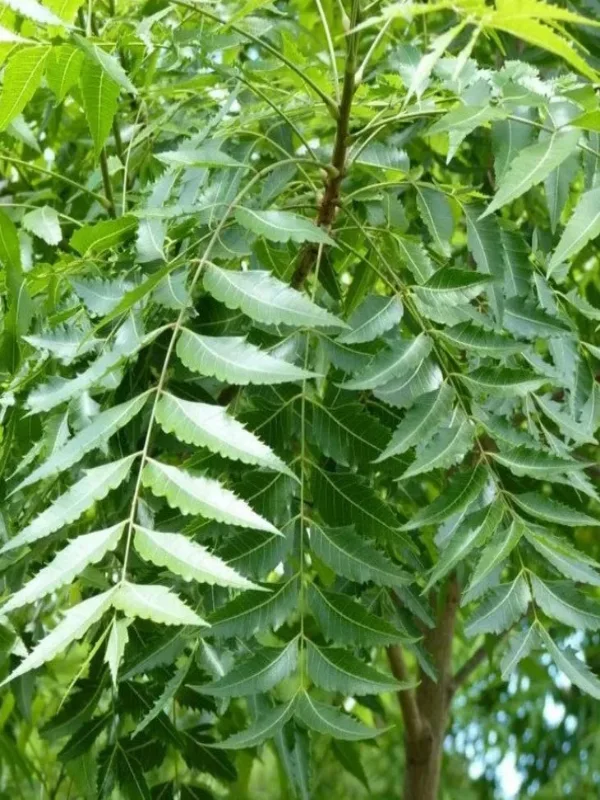Your cart is currently empty!
A commitment to innovation and sustainability
ABOUT NEEM

The increase in World Population (7.3 billion in 2015 and 8 billion by the year of 2024), the Global Warming and Climate Change (the Earth is getting warmer) and the Deforestation (according to the FAO, an estimated 7.3 million hectares of forest are lost each year) are the three major concerns of the World leaders, because they seriously threaten the standard of living of the human race. The best way to overcome a natural problem is to use a natural solution. During the last two decades Neem has been seen as an outstanding tool to minimize these global concerns. Neem tree and its phytochemicals can play an important role in quality food production, food safety, human and animal health, reversing soil erosion, fixing high volume of CO2, and in restoring the balance of the ecosystem. The Neem tree can be considered as a “Life Time Care” “Life Time Insurance” for plants, humans, animals and the environment.
Though Neem tree is native of Indian sub-continent, Burma but it is naturalized in many tropical and subtropical countries. Indian emigrants took Neem to the places wherever they settled. More than 100 million Neem tree grows in almost 78 countries all over globe, mainly in Southeast Asia and Sub Saharan Africa. It is being used in 85 countries.
Neem tree has been used for more than 5000 years in the Indian sub- continent. The Indian physicians Charaka (2nd century AD) and Sushruta (4th century AD), whose books Charaka Samhita, Sushruta Samhita and Brihat Samhita provided the foundation of the Indian system of medicine, the Ayurveda, also mention the Neem tree and its medicinal use. In Ayurveda the Neem tree was called the “Sarva Roga Nivarini”, one that could cure all ailments and ills.
In 1992 the US National Academy of Sciences recognized Neem tree as ‘’A Tree for Solving Global Problem.” According to the US National Academy of Sciences ‘Neem is a fascinating tree, one of the most promising of all plants and may eventually benefit every person on the planet… this plant may usher in future in pest control, provide millions with inexpensive medicines, and perhaps even reduce erosion’. The World Health Organization published a report, in 2004 in the third volume of the “WHO monographs on selected medicinal Plants” about Neem. Among several others medicinal plants, “Folium Azadirachti” (dried neem leaves) and “Olium Azadirachti” (fixed oil obtained from dried neem seeds) are described as having high medicinal properties. In 2012 United Nations has declared the Neem tree as “The tree of the 21st century”.
Each part of the Neem tree can be commercially exploitable. Its use and benefits in Agriculture, Pharmaceutical (Human & Animal Health), Environment, Toiletries and Cosmeceutical are very well known. Neem research is the focus of scientific community worldwide. A considerable progress has been made during last five decades regarding the chemistry of Neem’s phytochemicals and their biological activity. However, the scientific research on Neem was initiated in the early part of 19th century. These studies resulted in isolation and characterization of hundred and sixteen phytochemicals from neem tree. These phytochemicals are further classified under eighteen classes depending on their functional groups. The availability of these molecules and their concentration varies in different parts of the Neem tree (leaves, bark, flower, fruit, seed, roots, etc.). Different scientific studies on Neem identified the active phytochemicals and their role in addressing different conditions/problems. However the research is still ongoing and scientists feel that there are many more phytochemicals yet to be identified.